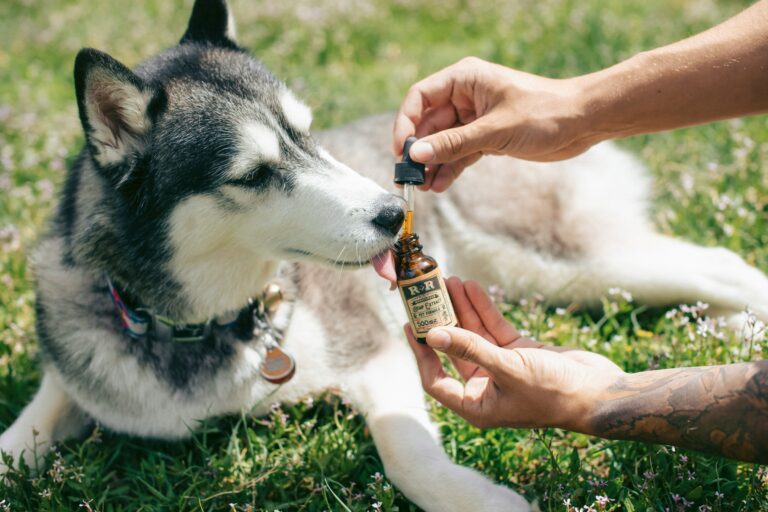The Paw-fect Guide: Pros and Cons of Dog Boots
The Paw-fect Guide: Pros and Cons of Dog Boots
The Paw-Fect Guide: Pros and Cons of Dog Boots. Discover the advantages and drawbacks of using dog boots to protect your furry friends paws in various environments.
Introduction to Dog Boots
Dog boots, also referred to as dog booties, serve as essential gear to safeguard dogs’ paws while engaging in outdoor adventures. The Paw-Fect Guide: Pros and Cons of Dog Boots. These specialized footwear items offer a range of benefits, including enhanced paw traction, increased comfort, and protection against potential injuries. For instance, when dogs walk on sharp rocks, hot pavement, or abrasive terrain, these boots act as a barrier, preventing paw pad injuries. Moreover, dog boots can shield paws from harmful substances like salt on roads, reducing the risk of burns or toxicity.
Pet owners have increasingly recognized the importance of dog boots for ensuring their furry companions’ well-being during outdoor excursions, particularly in challenging terrains or extreme weather conditions. The variety of dog boots available in the market, such as waterproof boots for rainy days or insulated boots for snowy weather, caters to the diverse needs of dogs and their owners, offering a versatile solution for paw protection. By understanding the pros and cons of using dog boots, pet owners can make informed decisions based on their dog’s specific requirements and the environmental factors they may encounter during their outdoor activities.
 Pros of Using Dog Boots
Pros of Using Dog Boots
One main benefit of using dog boots is their ability to prevent paw pad injuries from sharp objects, hot surfaces, or abrasive terrain, thus maintaining paw health and comfort. For example, when hiking on rocky trails, dog boots can shield a dog’s paws from sharp rocks or thorns, preventing injuries. Additionally, dog boots can protect paws from harmful substances like salt on roads, reducing the risk of burns or toxicity.
Another advantage of dog boots is their excellent traction provided by rugged soles, allowing dogs to navigate slippery surfaces or uneven terrains with confidence and stability. For instance, when walking on icy sidewalks, dog boots can offer enhanced grip and prevent slipping accidents. Furthermore, high-quality dog boots are designed with reflective materials, improving visibility during nighttime walks or hikes, promoting safety for both the dog and the owner.
Cons of Using Dog Boots
Despite their benefits, there are some downsides to using dog boots. Dogs may initially resist wearing boots or experience discomfort, requiring patience and positive reinforcement during the training process to acclimate them to the footwear. For example, some dogs may exhibit reluctance by shaking their paws or trying to remove the boots, necessitating a gradual training approach.
Moreover, poorly fitting dog boots can lead to chafing, blisters, or sores on the dog’s paws, underscoring the importance of selecting the right size and style for optimal comfort and protection. If a dog wears boots that are too tight, it can restrict blood flow and cause discomfort, highlighting the need for proper sizing. Additionally, extended use of dog boots in hot weather can lead to overheating and excessive sweating in the paws, potentially causing skin irritation or discomfort for the dog.
Training Dogs to Wear Boots
Training dogs to wear boots can be a gradual process that requires patience and consistency. Introducing the boots in a positive and rewarding manner can help dogs associate the footwear with pleasant experiences. For instance, starting with short periods of time wearing the boots indoors before transitioning to outdoor use can help dogs adjust to the new sensation. Additionally, using verbal praise and gentle encouragement while the dog is wearing the boots can reassure them and make the experience more enjoyable.
Moreover, incorporating boot training into the dog’s routine can aid in their acceptance of wearing them. For example, integrating putting on the boots before engaging in a favorite activity such as going for a walk or playing fetch can make the process more enticing for the dog. This positive reinforcement can help dogs associate the boots with fun and exciting experiences, reducing any resistance they may initially have towards wearing them. Gradually increasing the duration of time the dog wears the boots can also contribute to their comfort and familiarity with the footwear, ensuring a smoother transition to using them outdoors for longer periods. Off Leash K9 Training 30A can always help with giving you positive reinforcement ideas.
Alternatives to Dog Boots
When considering alternatives to dog boots, it’s essential to explore options that cater to different needs and preferences. For instance, dog socks made from breathable materials not only provide temporary paw protection indoors or on smooth surfaces but can also serve as a comfortable alternative to traditional boots. These socks offer a lightweight solution that allows dogs to maintain their mobility while safeguarding their paws from potential injuries.
Another alternative worth considering is the use of paw wax or balms that are specially formulated with natural ingredients. These products create a protective layer on the paw pads, shielding them from harsh elements such as hot pavement or rough terrain. By applying paw wax, pet owners can reduce the necessity of using boots in specific conditions, offering a more convenient and tailored approach to paw protection.
Moreover, some pet parents opt for reusable silicone paw covers as an alternative to traditional dog boots. These covers are designed to provide flexibility, ease of use, and washable convenience for protecting a dog’s paws during outdoor adventures. With the option of reusable paw covers, dog owners can ensure that their pets’ paws remain shielded from abrasive surfaces or extreme weather conditions without the need for full-fledged boots, catering to both comfort and practicality.
Situations Requiring Dog Boots
In addition to outdoor adventures, dog boots are essential in various situations to safeguard the well-being of our furry companions. For instance, during winter months, the use of boots becomes crucial to protect dogs from the dangers of rock salt on streets, which can cause burns and toxicity to their paws. Moreover, in urban settings where sidewalks are treated with de-icing chemicals, dog boots act as a barrier against harmful substances, ensuring the safety and comfort of the dog while out for a walk.
Furthermore, dogs with allergies or sensitive paws can greatly benefit from wearing boots to prevent irritation and discomfort caused by contact with allergens or rough surfaces. The protective nature of dog boots shields their paws from potential allergens present in the environment, allowing them to roam outdoors without the risk of adverse reactions. Additionally, for dogs recovering from paw injuries or surgeries, boots offer an added layer of protection, preventing further damage and promoting a speedier healing process. This specialized footwear provides a safe environment for the injured paws to heal without the risk of reopening wounds due to external factors.
Conclusion on Dog Boot Pros and Cons
In conclusion, the use of dog boots presents a multifaceted approach to safeguarding dogs’ paws, catering to their well-being during outdoor escapades. These boots not only provide enhanced paw traction and comfort but also act as a shield against injuries that may arise from rough terrains or extreme weather conditions. For instance, when hiking on rocky trails, dog boots can prevent paw abrasions and cuts, ensuring a more enjoyable and safe experience for the canine companion.
Moreover, the decision to invest in dog boots necessitates a careful consideration of the individual dog’s characteristics and activities. While some dogs may readily adapt to wearing boots and reap the benefits they offer, others might require more time and patience during the acclimation process. For example, a high-energy dog accustomed to running on various surfaces may greatly benefit from wearing boots to protect their paws and maintain their active lifestyle. In contrast, a senior dog with arthritis may find relief in boots that provide additional cushioning and support to reduce discomfort during walks or playtime.



 Pros of Using Dog Boots
Pros of Using Dog Boots





